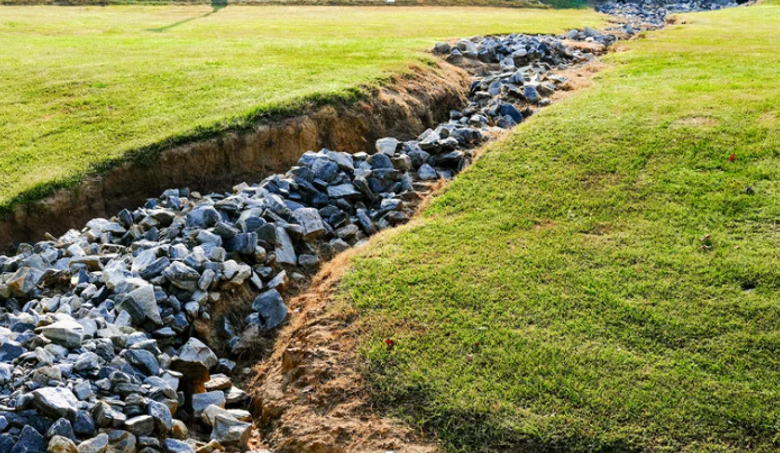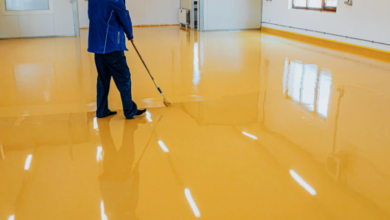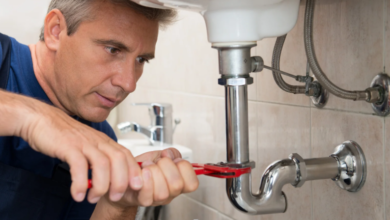How Organic Matter and Soil Amendments Boost Yard Drainage

Poor drainage can quickly turn a healthy lawn into a muddy, uneven surface that stresses plants and damages property. When water is left to pool, it compacts soil, suffocates roots, and increases the risk of erosion. Homeowners exploring options for yard drainage in Johns Creek often discover that one of the most effective solutions lies beneath the surface, in the soil itself. Adding organic matter and targeted amendments can transform soil structure, improving water movement and protecting both lawns and foundations from long-term issues.
The Role of Soil in Yard Drainage
Soil type is one of the biggest factors influencing how water behaves in a yard. Clay-heavy soils hold onto moisture, while sandy soils drain too quickly, failing to support healthy growth. Both conditions create challenges for maintaining a balanced landscape.
This is why soil management plays such a critical role in overall lawn health. Properly amended soil encourages balanced water absorption and prevents the problems that come with saturation or excessive runoff. When considering how yard drainage affects your lawn health, improving soil quality is often the first step toward lasting solutions.
Benefits of Organic Matter
Organic matter, such as compost, leaf mold, or well-aged manure, introduces structure and porosity to the soil. These natural components help loosen compacted ground, allowing water to infiltrate instead of pooling on the surface. At the same time, organic matter increases the soil’s capacity to retain essential nutrients, creating a healthier environment for plants.
The benefits extend to water management as well. When the soil is able to absorb rainfall efficiently, runoff is minimized, reducing the risk of erosion in vulnerable areas of the yard. Over time, this balance between drainage and retention leads to a stronger, more resilient lawn.
Soil Amendments for Better Drainage
In addition to organic matter, soil amendments provide another layer of support for proper drainage. Materials such as gypsum can improve the structure of clay soils by breaking up tightly bound particles. Sand and fine gravel may also be incorporated into specific areas to encourage water movement where drainage is particularly poor.
For homeowners facing larger issues, a combination of amendments and professional drainage systems may be necessary. A tailored approach ensures that the soil can handle rainfall appropriately without compromising nearby structures or landscapes.
The Link Between Drainage and Property Protection
While lawn health is a top concern, poor drainage also impacts the stability of a home. Water pooling near the foundation can gradually seep into basements or crawl spaces, creating conditions for mold and structural weakness. The dangers of poor landscape drainage damaging your home’s foundation illustrate why addressing water issues goes beyond aesthetics. A proactive approach not only protects plant life but also safeguards property value.
See also: How Residential Architects Integrate Smart Home Features into Modern Designs
Professional Guidance for Long-Term Solutions
Every yard presents unique challenges, from soil composition to slope and climate conditions. Professional evaluation ensures that the right combination of organic matter, amendments, and drainage systems is applied effectively. Experts can assess problem areas, recommend soil treatments, and integrate larger solutions such as French drains or catch basins when necessary.
Conclusion
Improving yard drainage isn’t just about redirecting water; it begins with enhancing the soil itself. Organic matter and amendments create a healthier foundation that promotes water flow, reduces pooling, and protects property from long-term damage. With the support of professional yard drainage services, homeowners can achieve landscapes that thrive year-round while protecting their investments from the hidden risks of poor drainage.





